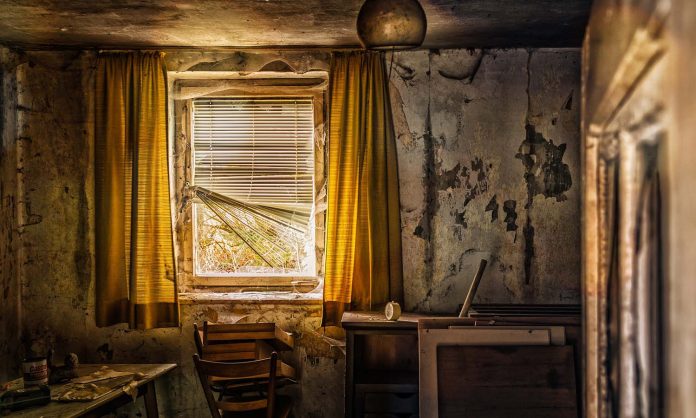
In a post on Writer Unboxed, Barbara Linn Probst offers good advice on choosing the right details to include about your setting. You never want to bog your reader down in extraneous description, but once you establish your scene you can add a few details to enhance your story, theme, or characters.
Small details can reflect your character’s state of mind. What they notice and how they react to it will bring your reader into their thoughts and emotions without telling them expressly what’s going on. “Two different characters will perceive and respond to the same surroundings in different ways,” Probst writes. “Their differing responses can be a vivid, economical way to illustrate something important about how each character sees the world, setting the reader up for what will follow and making the ensuing struggle, alliance, or betrayal more potent and believable.” As an experiment, choose one of your settings or some aspect of it, and imagine how different characters react.
You can also use setting details to show change, by depicting it in different ways during your story. “Perhaps the character has a new perception or relationship to the setting, signaling a change in understanding that has already taken place or a shift that happens right there in the scene,” Probst explains. “Perhaps she embraces or rejects or takes charge of her surroundings in a way that she couldn’t have, until now.” This aspect of setting might be a location or one element of a place. The element may have changed dramatically or only your character’s perception of it has changed.
Third, Probst suggests using settings in unexpected or incongruous ways. A scene of your character being seduced on an elementary school playground would have a very different vibe than the same scene set at a bar or patio.











